Avoiding Retraumatization
Re-traumatization is any situation or environment that resembles an individual’s trauma literally or symbolically, which then triggers difficult feelings and reactions associated with the original trauma. The potential for re-traumatization exists in all systems for individuals, staff and your organization.
Re-traumatization is often unintentional. There are some “obvious” practices that could be re-traumatizing such as the use of restraints or isolation, however, less obvious practices or situations that involve specific smells, sounds or types of interactions may cause individuals to feel re-traumatized.
For example, a common classroom practice for reengaging or transitioning students from one activity to another, is the “1-2-3, eyes on me!” approach in which educators loudly clap on each number. Research shows this common strategy is very likely to create a trauma-response in certain students because the sound mimics slapping or distant gunshots.
Re-traumatization is a significant concern, as individuals who are traumatized multiple times frequently have exacerbated trauma-related symptoms compared to those who have experienced a single trauma. Individuals with multiple trauma experiences often exhibit a decreased willingness to engage in school or treatment.
Re-traumatization may also occur when interfacing with individuals who have history of historical, inter-generational and/or a cultural trauma experience.

